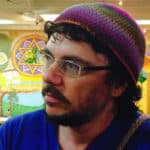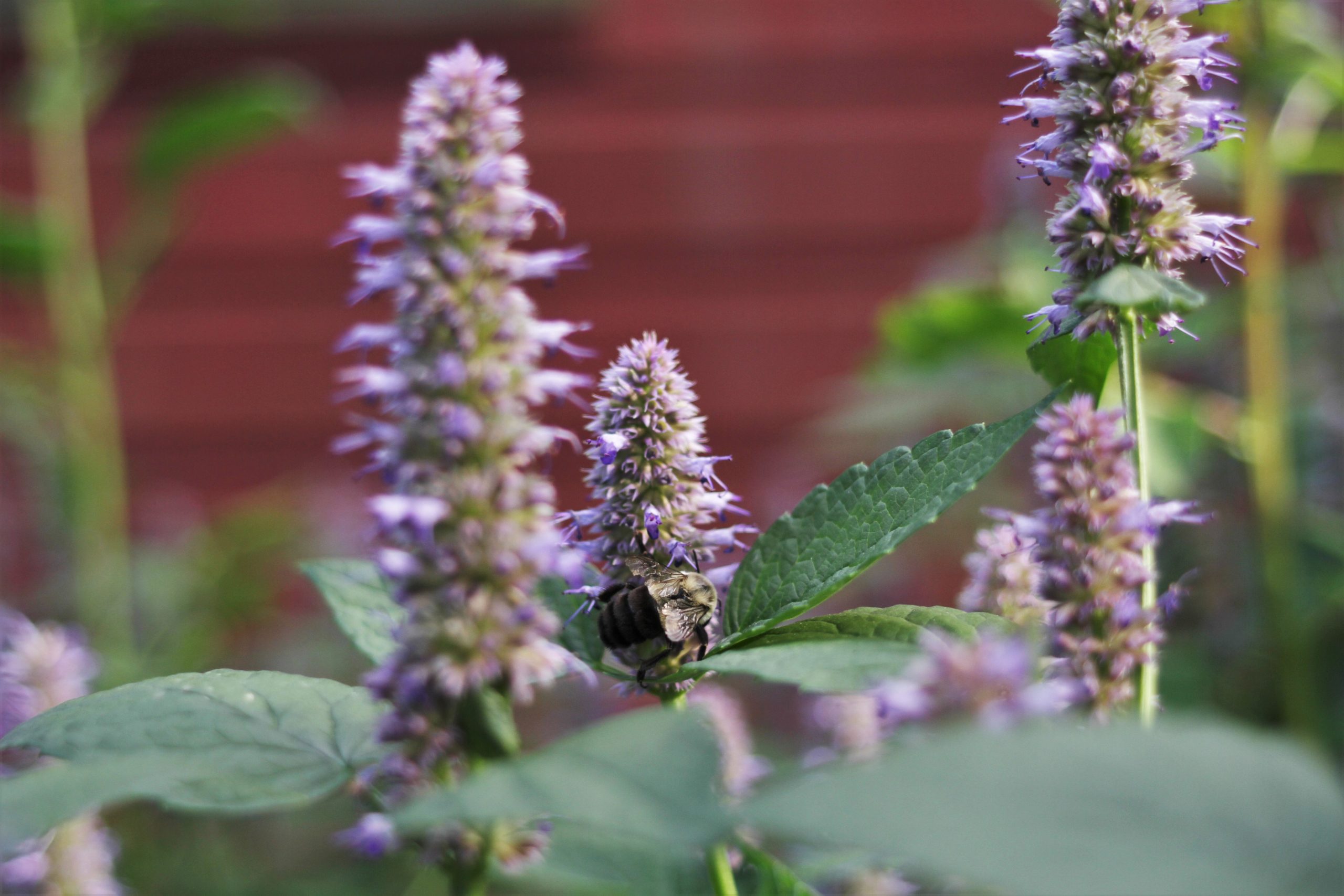In parshat Bo, the destroying angel passes over the houses of the Israelites — in Hebrew “pasach al hapetach” — sparing their firstborn, and giving the Passover holiday its name in Hebrew and English. But the angel only “knows” who is in which house because it sees the sheep’s blood smeared on the doorposts and lintels of the entryway.
In Exodus 12:22, Moses tells the Israelites that the way to apply the blood is by using an “agudat eizov” – a bunch of hyssop, which could be dipped into the blood like a paintbrush.
Varieties of hyssop grow everywhere in the Middle East naturally, which is why hyssop is described in 1 Kings 5:13 as being rooted “in the wall.” The Psalms also describe hyssop as something that purifies (Psalms 51:9), and hyssop was used for that purpose in three rituals: sprinkling blood on a person or house cured from “tsara’at” (leprosy, Lev. 14:4-6, 14:49-51), preparing the ashes of the red heifer (Num. 19:6), and sprinkling those ashes mixed with “living water” on a person who had come in contact with a dead body (Num. 19:18). All these rituals helped a person transition from a state of impurity into a state of purity.
It’s no surprise that hyssop was associated with purification. Hyssop, also known as zaatar in Arabic, is in the mint family, which includes oregano and thyme, and it is used even now as a medicinal herb for digestive parasites. (Commercial zaatar is sometimes made from these other herbs.) As an herb used for purification, which was such a concern for ancient Israelite society, it needed to be available anywhere and anytime of any year. Hyssop would always be at hand – even in the Shmita year, when only species and crops that grow on their own without cultivation could be used.
This also means it would have been easy that first Pesach to gather a bunch of wild hyssop for daubing one’s doorframes. But unlike the other rituals, which create a kind of ritual doorway, hyssop closed off the doorway, protecting the firstborn Hebrew slaves inside. The blood ritual of Pesach didn’t change one’s status, but was rather a way of affirming one’s identity.
The qualities of being common and medicinal and growing wild also made hyssop a good symbol for Pesach: it could represent the pure and unmanipulated earth, springing to life everywhere; and it could represent the healing that comes from the earth – in this case, healing that came from outside of Egyptian society, which was corrupted by the slavery forced upon the Israelites.
As such, hyssop, so common and so powerful, represents the ideal of what a free Israelite society, a society observing Shmita, can become: a “kingdom of priests” where slavery and poverty are eliminated, where
every person plays an essential role in healing the world through holiness and justice.
*Editor’s note: The featured picture is of anise hyssop grown at Isabella Freedman. Anise hyssop is a relative of the biblical hyssop.
 Rabbi David Mevorach Seidenberg is the creator of neohasid.org and the
Rabbi David Mevorach Seidenberg is the creator of neohasid.org and the
author of Kabbalah and Ecology: God’s Image in the More-Than-Human
World. He has smikhah (ordination) from both JTS and Reb Zalman. He
teaches throughout the world on Jewish thought and ecology, human
rights and animal rights, and is an avid dancer and teacher of
nigunim.
Shmita Friday is just one piece of a large conversation that has been ongoing for a long time! We’d love to hear what you think – post a comment below, join our facebook group, and start talking about shmita with your friends and family.





thank you, good work, Reb David, Zaatar Lechaim!